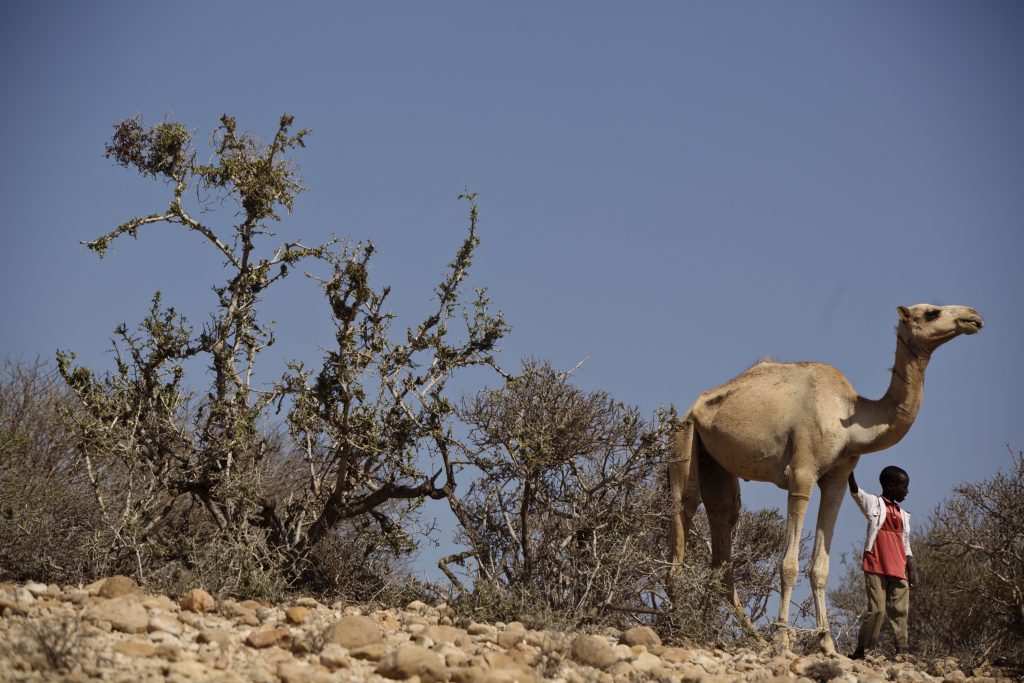This paper reports the results of a three-year study of pastoral and settled Rendille and Ariaal (mixed Samburu/Rendille) communities in Marsabit District northern Kenya, which compares levels of child malnutrition and illness between five different Rendille communities, ranging from purely pastoral to agricultural and urban communities. Analysis of bimonthly dietary recalls, anthropometric measurements, morbidity data, and economic differentiation and specialization among 202 mothers and their 488 children under age 9 reveals large differences in the growth patterns and morbidity of nomadic vs. settled children. In particular, age-specific height and weight measurements for the nomadic pastoral community are significantly higher than same-aged measurements of children from the sedentary villages. Furthermore, women and especially pregnant women showed higher levels of malnutrition in the settled communities. Both women and children showed higher rates of respiratory and diarrheal morbidity in settled versus nomadic communities, although malaria rates were uniformly higher in lowland communities than in the highlands.
Differences in child growth are attributed mainly to better nutrition, and particularly access to camel’s milk within the nomadic communities. The striking decrease in diarrheal and respiratory diseases for the nomadic children vs. settled children coupled with the findings of a relative decrease in malnutrition and stunting indicate an unexpected edge for health and growth of nomadic Rendille children. The policy implications of our findings are significant. Although pastoralism is not an option for everyone living in dry regions like northern Kenya, the decrease in diarrheal and respiratory illness and for pastoralist children, and the higher levels of stunting in settled children from pastoral populations, should be part of decisions affecting social, economic, and health policy for pastoral regions.



